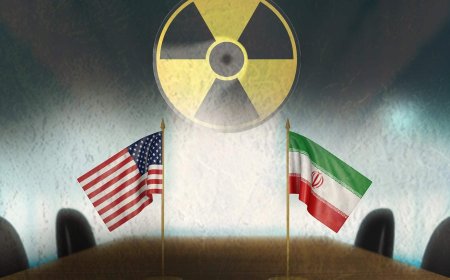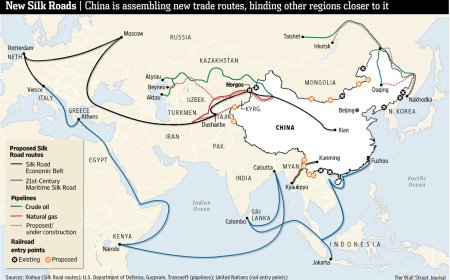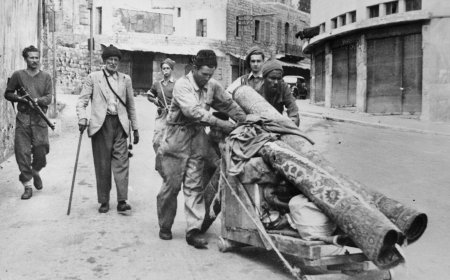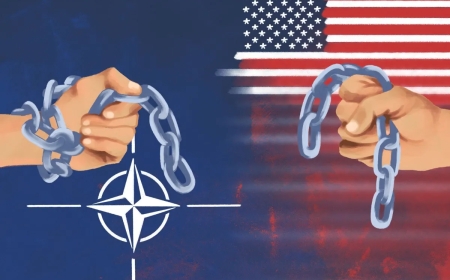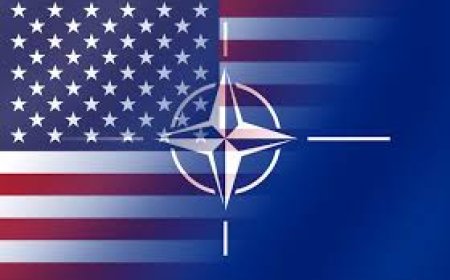Western censorship overlooks US war crimes
Western censorship overlooks US war crimes
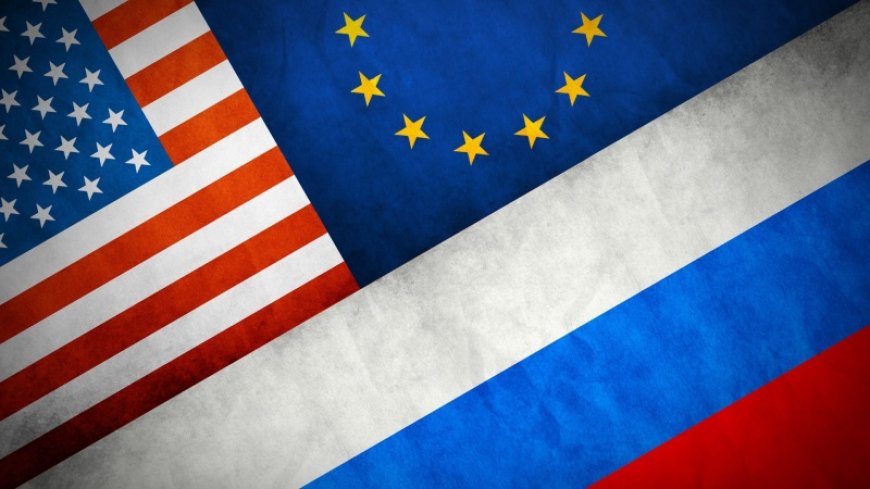
On the first day of March 2022, visitors to the New York Times homepage saw a headline in large letters atop their screens: “Rocket Barrage Kills Civilians.”
It was the kind of headline that could have referred to countless US rocket attacks and other military aggressions over the previous two decades, telling of civilian deaths in Afghanistan, Pakistan, Iraq, Syria and elsewhere. But those "war on terror" killings didn't lend themselves to big headlines.
What prompted The Times to quickly issue one on civilian deaths was, as reported on the front page of the print edition, “a deadly Russian missile attack on Kharkiv, Ukraine's second city, which has raised new alarms about how the Kremlin is willing to go further to subjugate its smaller neighbor“.
In the months that followed, The New York Times was among thousands of American publications that devoted the kind of coverage to Russia's war in Ukraine that would have been unthinkable in reporting on the United States' war.
In early April, 40 days after the conflict between Russia and Ukraine began, a jarring headline in all capital letters – “HORROR GROWS OVER SLAUGHTER IN UKRAINE” – topped the first page of the print edition of the Times.
In April, 14 stories on the paper's front page "were mostly about civilian deaths as a result of the Russian invasion, all of which appeared at the top of the page," found researchers at Fairness and Accuracy In Reporting. In a similar period, after the US invasion of Iraq, The Times ran “just one story about civilian deaths at the hands of the US military on its front page.”
By any consistent standard, the horrors that the US military has caused to so many civilians since the fall of 2001 have been no less horrendous to the victims than what Russia is doing to Ukraine. But US media coverage was far more immediate, graphic, extensive, and outrageous about Russia's butchery than America's.
On the rare occasions that a major US news organization has provided an in-depth account of civilian deaths caused by US forces, the pieces were usually retrospective, appearing long after the events—autopsies with little political impact and little follow-up—which did just peep into the echo chambers of the media.
However sophisticated its high-tech weaponry, Russia's large-scale war in Ukraine is barbarism. That the same could be said of America's war in Afghanistan and Iraq was an almost taboo truth to utter in the US mass media. Both the United States and Russia had blatantly violated international law by crossing borders and continuing to use massive lethal force. Consistent principles would have condemned and enlightened each case.
But despite the freedom of the press in the United States, very few leading journalists and their professional imitators have been willing to break with the substance of Washington's official war narratives, which are basically not much more nuanced than the assumption that the exemplary national character of America has been mobilized to defeat the absolute evil of the enemy.
Nationalism masquerading as journalism covers war in light and dark, telling us for whom the bell tolls. So when Russia invaded Ukraine and proceeded to terrorize, kill and maim, the US media mobilized with empathetic and poignant reporting across TV, radio, print and online sites.
But when American missiles and gravity bombs hit population centers over the previous two decades, the human tragedies were rarely covered in the US media. The extreme differences in the amount and tone of coverage reflected—and reinforced—the agendas of Washington-based war officials.

